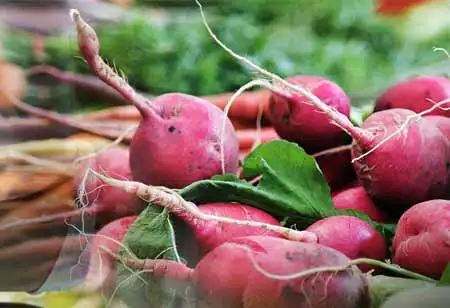Thank you for Subscribing to Food Business Review Weekly Brief
Eliminating the Global Inflation Hindrances Via Alternate Protein Sources
Researchers, all over the globe are seeking induced alternative protein sources to cope with the inflation that the pandemic has given rise to.

By
Food Business Review | Wednesday, February 02, 2022
Stay ahead of the industry with exclusive feature stories on the top companies, expert insights and the latest news delivered straight to your inbox. Subscribe today.

Researchers, all over the globe are seeking induced alternative protein sources to cope with the inflation that the pandemic has given rise to.
FREMONT, CA: One pivotal development since the advent of technology in the biotechnology and food domains is the discovery of plant-based proteins to replace traditional protein storage and extraction from animals. Besides the opportunities it typically favors for consumers, the advanced innovation technique offers varied financial and sustainability opportunities for farmers globally.
As one of the world's fastest-growing food sectors, plant-based proteins, also known as "alternative proteins," are expected to reach a global value of nearly 143 billion USD in the future, accounting for 10 percent of all induced protein servings. Therefore, researchers and specialists in the sector are making feasible discoveries in alternative proteins to attain increased efficiency in the domain.
Therefore, by assessing the growth opportunities in plant protein, its value chain is typically measured by engaging three key stakeholders, like consumers, processors, and manufacturers, in addition to regional farmers. That is, gaining a potential understanding of consumer demand and expectations is critical for attracting processors and manufacturers, and market access is highly crucial for achieving efficacy. Meanwhile, the regulatory challenges that are likely to influence interest in plant protein among regional growers and cattle farms are comparatively monumental.
Researchers from all over the globe are making effective discoveries in exploring the efficiency and effectiveness of agrifood supply chains in light of food safety, quality, and security challenges. Generally, these food chains encompass varied stakeholders like producers, manufacturers, and retailers, who often look out for considerable coordination in achieving the determined value for consumers. However, the ability to coordinate the activity is highly hampered by varied pressures like maximizing profitability at the expense of other parties, following an increased supply disruption and elevated costs with the advent of the pandemic.
Following the devastating effects of COVID-19, the food supply chain faced increased inflation, along with the pertaining complexities in the sector, thereby raising uncertainties accordingly. Hence, specialists in the food and alternative protein sectors are shifting their intensified focus toward the implications of the sector, enabling accelerated efficacy in the sector.
Alternative proteins are carving their space in the sector, with restaurants opening up seamless opportunities through a multi-channel approach in the sector, in addition to increased flexibility. That is, the traditionally extracted proteins from animals are replaced by an induced transition through varied plant-based products like seafood, meat, and pepperonis, extracted from flora and microorganisms, in addition to fermentation-derived dairy products.






